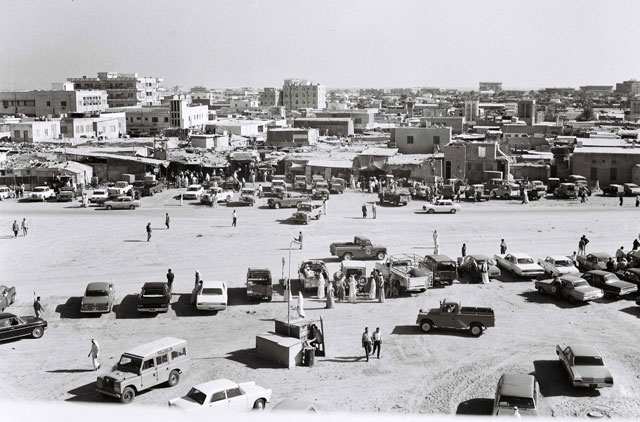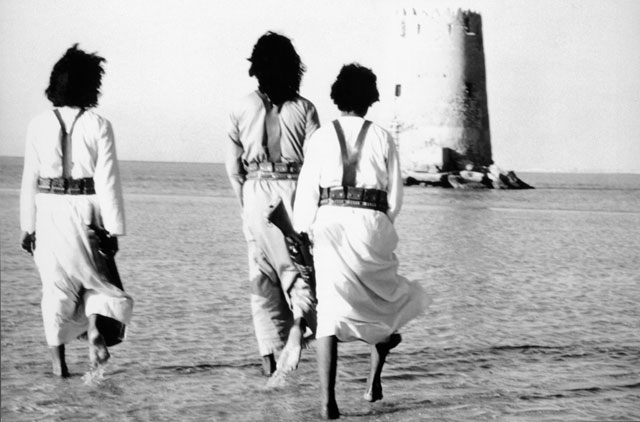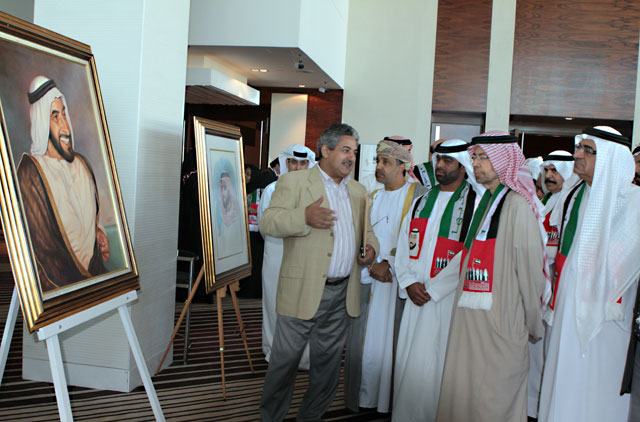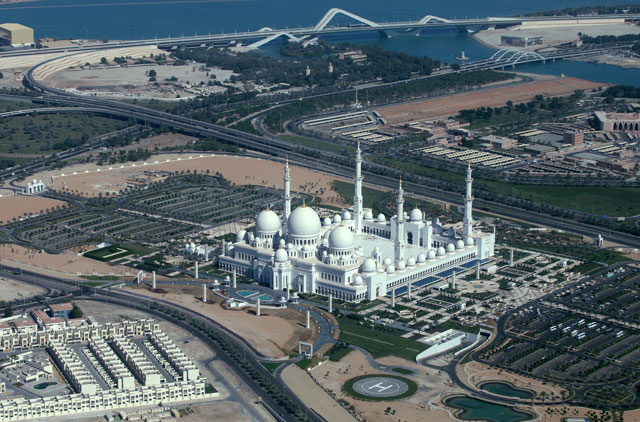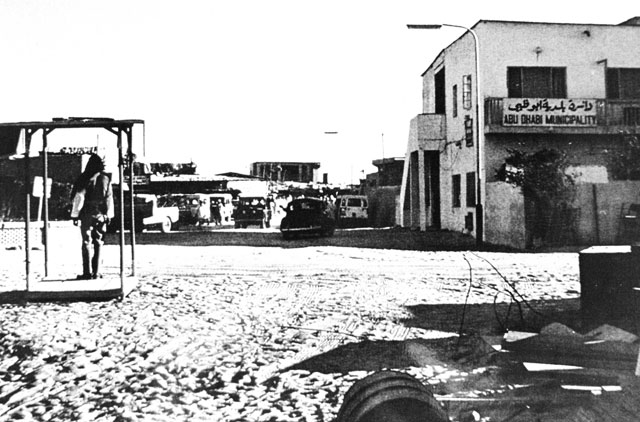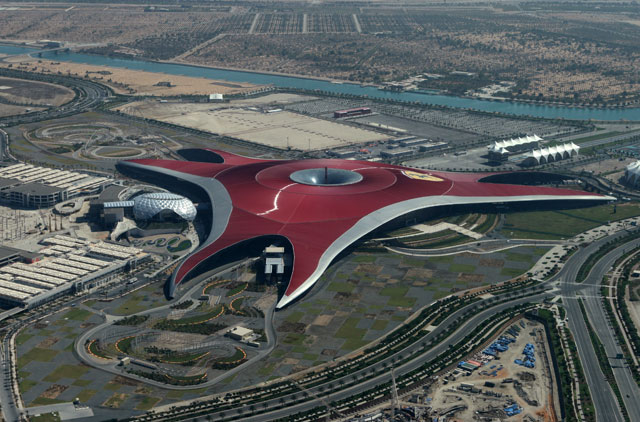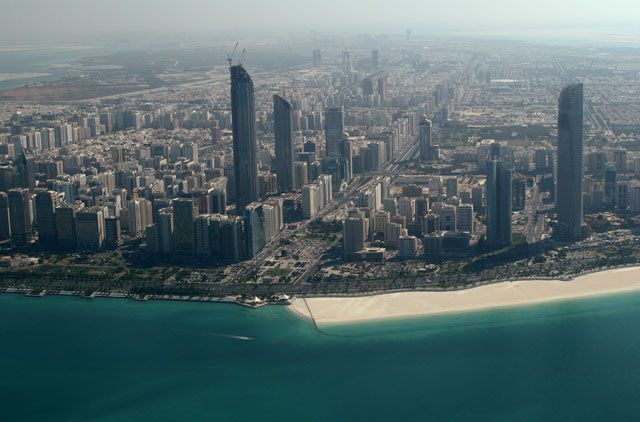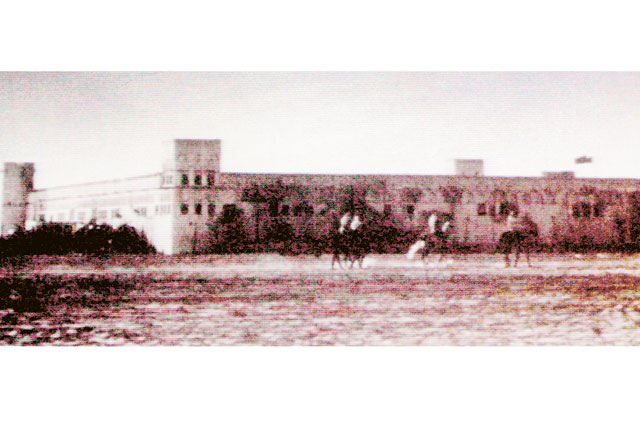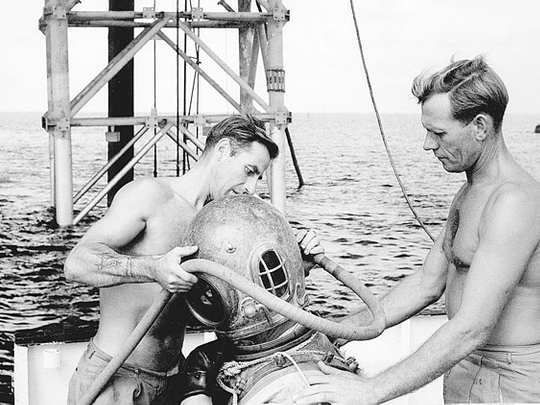
Abu Dhabi: Prior to the discovery of fresh water on the island of Abu Dhabi in 1761, the Bani Yas tribe was reluctant to leave the fertile oases of Al Ain and Liwa, where they had established a relatively stable farming and agriculture community.
Leading historical scholars at a two-day symposium relived the experience as they discussed development challenges that had helped shape the UAE.
"Life before the discovery of fresh water was very hard for our forefathers who lived on Abu Dhabi's coast as pearl divers — the sea was actually called the ‘Maleh', in reference to its salty nature — fresh water had to be brought from Dubai at various intervals in cans by small boats," said Dr Yousuf Al Hassan, former director of the Diplomatic Institute and Director of the Emirates Centre for Development and Research.
He was a part of the opening panel at the symposium, held under the theme ‘Abu Dhabi: 250 Years of Development'. The event, organised by the Emirates Heritage Club and the Sultan Bin Zayed Centre for Culture and Media, was to conclude Tuesday.
"Some members of the Bani Yas tribe would go to fish on the coast; several explorers and travellers began chronicling their observations of the tribe as early as 1680, but permanent settlements were established only after Shaikh Diab Bin Eisa crossed the narrow sandbar [the current location of Maqta bridge] after a gazelle [Dhabi] and discovered fresh water on Abu Dhabi island," said Dr Jayanti Maitra, research expert at the National Centre for Documentation and Research.
To safeguard this new territory and his people, it is possible that Shaikh Diab is the ruler who ordered the construction of the round fort that currently forms a part of the Qasr Al Hosn.
"His son, Shakhbout Bin Diab, was the first Ruler to transfer the tribe's capital from Liwa to the island; during his reign from 1795-1816, he built a modest stronghold that had various functions including residence and fortress," Dr Maitra said.
Successive generations of Bani Yas Rulers began consolidating economic, political and military power until Shaikh Shakhbout Bin Sultan Al Nahyan became Ruler of Abu Dhabi in 1928.
Shaikh Shakhbout signed an oil concession agreement with the British in 1939, which provided him with his first independent income. In 1966, Shaikh Zayed Bin Sultan Al Nahyan became Ruler of Abu Dhabi and set about establishing the Federation.



